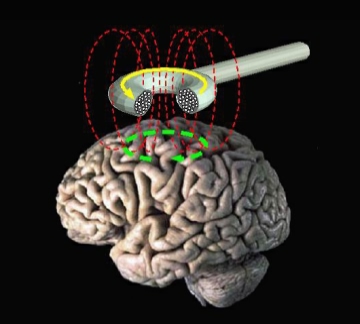Sam Harris has announced the winning entry in his contest for critiques of The Moral Landscape: How Science Can Determine Human Values. The winner (from a philosophy M.A. and blogger at Point of Controversy) is the obvious complaint, which seems just. Here’s an excerpt:
First, your analogy between epistemic axioms and moral axioms fails. The former merely motivate scientific inquiry and frame its development, whereas the latter predetermine your science of morality’s most basic findings. Epistemic axioms direct science to favor theories that are logically consistent, empirically supported, and so on, but they do not dictate which theories those will be. Meanwhile, your two moral axioms have already declared that (i) the only thing of intrinsic value is well-being, and (ii) the correct moral theory is consequentialist and, seemingly, some version of utilitarianism—rather than, say, virtue ethics, a non-consequentialist candidate for a naturalized moral framework. Further, both (i) and (ii) resist the sort of self-justification attributed above to science’s epistemic axioms; that is, neither is any more self-affirming than the value of health and the goal of promoting it. You might reply that the non-epistemic axioms of the science of medicine enjoy the sort of self-justification you have in mind for the moral (and likewise non-epistemic) axioms of your science of morality. But then your second analogy, between the science of medicine and your science of morality, fails. The former must presuppose that health is good and ought to be promoted; otherwise, the science of medicine would seem to defy conception. In contrast, a science of morality, insofar as it admits of conception, does not have to presuppose that well-being is the highest good and ought to be maximized. Serious competing theories of value and morality exist. If a science of morality elucidates moral reality, as you suggest, then presumably it must work out, not simply presuppose, the correct theory of moral reality, just as the science of physics must work out the correct theory of physical reality.
This summed up a lot of my frustrations with Harris’s book (which I wanted to bang Whose Justice? Which Rationality? against), but there was one other critique I wanted to add, that lets a bunch of Harris’s objections stand unquestioned. Harris’s book takes it’s title from his vision of a giant function graphing human happiness laid out over all possible worlds and actions. Let’s wildly simplify it, for the sake of arguement:
Here, the y-axis is happiness/well-being as Harris defines it (and he assumes that, given a few years, we can take these readings straight from an fMRI, without the confounding factor of people self-reporting their feelings). The x-axis varies along anything we like. It could be volume of music we’re playing for our test subject, number of hugs administered, or tablets of soma prescribed.
Ideally, we’d test all of these at once, and get a function that looked more like a rumpled carper (or, really, a higher-dimensional rumpled carpet), but the essential point is that some values of f(x,y,z,…..,Ω) would be higher than others, and we aim to, as Mama Rose said, “hit the heights.”
Maximizing out a function is a common problem, so there are a lot of known strategies (and known weaknesses). It’s easy to get stuck at local maximums (like the second highest peak in the graph above). In order to find the higher, better peak, you have to do a fair amount of sampling from the whole rest of the graph.
Or, you could know something about the function itself, instead of just sampling by taking readings as you go. But figuring out what makes people flourish is firmly back in the realm of philosophy and theology, and out of the realm of Harris’s fMRIs, which don’t tell stories at the level of humans, just neurons. To make the generalizations that would guide his theory, he has to bring in the disciplines he’s trying to make redundant.

And there’s a worse objection right behind that one. I’ve been writing as though this happiness function is static. We can zip around to other points in the landscape, but there’s no chance of, shall we say, moral terraforming. That’s not really true. In addition to changing the experiences we offer, we can change the experiencing subject so s/he is pleased or displeased by new things.
We already do. No one things that we should leave the happiness function of a person with depression or a psychopath where we found them. In one case, we think the person shouldn’t find all the uses of the world quite so “weary, stale, flat, and unprofitable.” In the second, we think our subject is taking pleasure in the wrong things.
If we’re just maximizing the output of the needle on the happiness dial, we have no guidance about what kind of changes we should make to people to change what makes them happy. (Arguably, stoicism is the low-hanging intervention, here). Once again, to set limits on how to change the moral landscape, Harris needs philosophy, theology, or both, but can’t proceed by neuroscience alone.
Today is the eighth day of my Novena to Mary, Undoer of Knots, and you’re welcome to join in.













